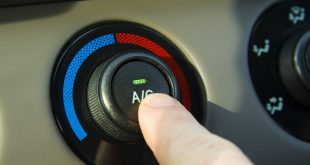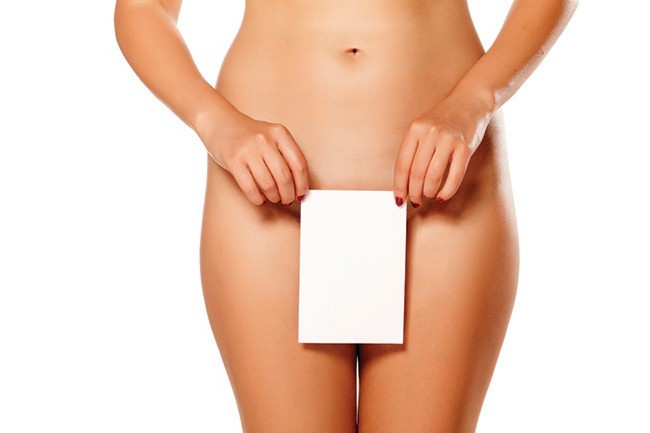
Vulvodynia (depressed vagina)
What it is: Ever since Charlotte suffered a “depressed vagina” in Sex And The City, the term has been part of pop culture, but the unpleasant reality of this condition is chronic pain and sensitivity in the vulva (the external area of the female genitals). About one in four women experience vulva pain at some point, but South Australian gynaecologist and obstetrician Dr Fariba Behnia-Willison says the condition affects 1 in 50 of us.
Why it happens: Causes can range from a nerve injury and irritation from underwear or creams to a side effect from overuse of antibiotics. Hormonal changes brought on by menopause, the contraceptive pill and breastfeeding can also be a factor. However, in many cases there’s no obvious cause.
How to treat it: Behnia-Willison advises seeing a gynaecologist or a GP for a check-up and reviewing possible contributing medications. Stick to cotton underwear and tampons, and laundry products that have been dermatologically approved, and avoid using shampoo and highly perfumed products on the area.
Dr Behnia-Willison says one treatment that is showing really good results is theMonaLisa Touch. “It stimulates the body’s natural process, creating new hydrated cells to increase circulation, hydration and acidity – which are an important part of vaginal health,” she says.
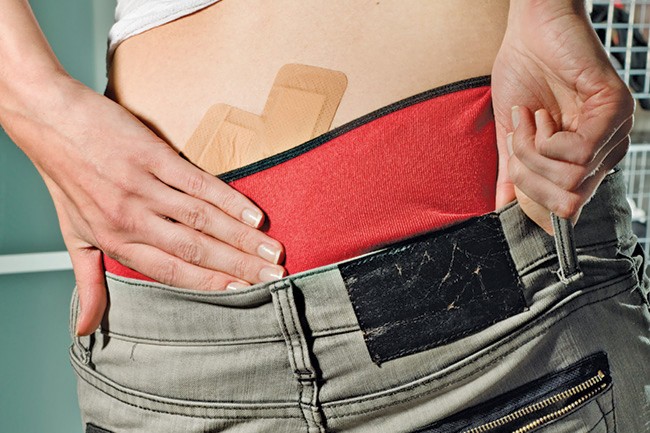
Pilonidal Sinus (bottom wound)
What it is: This is a tunnel-like wound in the groove between the buttocks, where the tailbone ends. Associate professor Michael Woodward, director of the Austin Health wound management clinic in Victoria, says this condition is more common than you might think. It’s known as a sinus because it only has one opening.
Why it happens: The wound can originate from a trapped hair in a skin gland, which sets up an inflammatory response. According to Woodward, it’s not only hairy people that may be at risk. Genetics also play a part, as does obesity and having a sedentary occupation.
How to treat it: Keeping the area clean and dry and removing hair may help to reduce further issues. If there’s an infection present, antibiotics may be prescribed and, in extreme cases, surgery can be an effective solution.
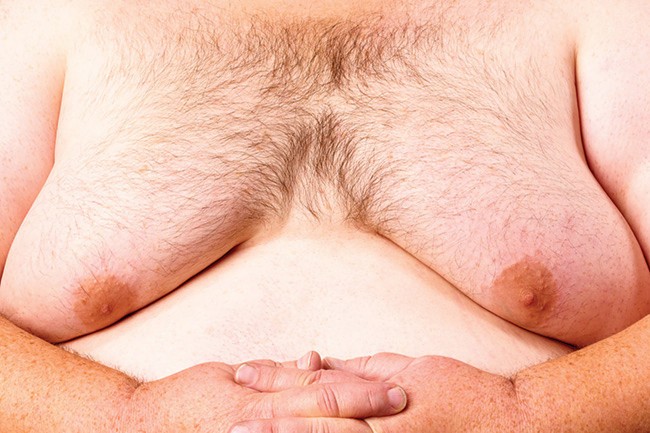
Gynaecomastia (male boobs)
What it is: This is the enlargement of male breast tissue. Andrology Australia says more than half of adolescent males and one-third of adult men experience this embarrassing condition, which often disappears of its own accord.
Why it happens: It’s caused by a sex hormone imbalance and occurs in men of all shapes and sizes. Possible causes are higher than normal oestrogen levels, which can be caused by various genetic disorders, but certain antidepressants and blood pressure medications can also create an imbalance.
How to treat it: Managing underlying disorders is essential before considering surgery. Any abnormal lumps should be checked by a doctor. Treatments include hormone replacement therapy and surgery to remove the excess tissue.
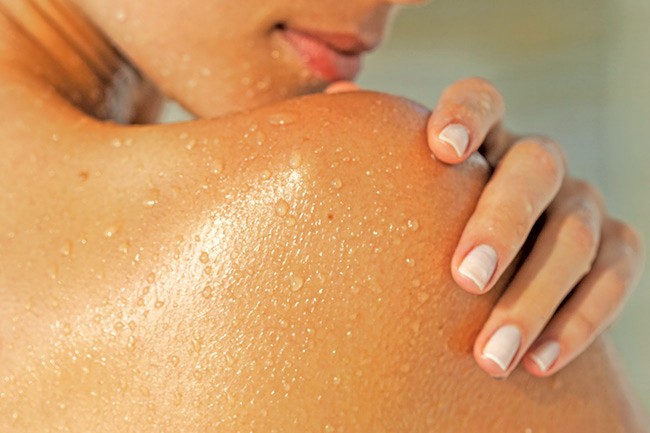
Hyperhidrosis (heavy sweating)
What it is: Gold Coast dermatologist Dr Michael Freeman says about one in 8000 suffer primary hyperhidrosis, an embarrassing condition that results in extreme sweating and is common in the armpits, hands and feet. “It indicates you’re sweating more than normal,” Freeman says. While all of us will do that in a hot environment, he says this condition is not only unsightly and harsh on the nose, it’s a nuisance for sufferers.
Why it happens: While the specific causes are unclear, contributing factors include obesity, hormonal changes that are associated with menopause, fever and an overactive thyroid gland (hyperthyroidism).
How to treat it: Over-the-counter medications can help mild cases, but for chronic issues, treatments include iontophoresis (a weak electrical current to paralyse the sweat glands), Botox and surgery.
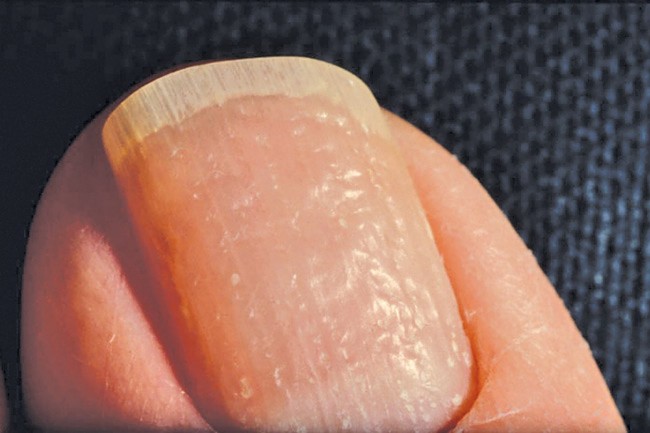
Nail Psoriasis (thick loose nails)
What it is: This is a hardening and separation of the nail from the nail bed. It can also include discoloration and pitting. The good news is that nails lost or otherwise affected can grow back.
Why it happens: This nail issue is just one symptom of psoriasis, an inflammatory skin disease caused by an overactive immune system. Sufferers of nail psoriasis may not have obvious skin symptoms (dry, itchy and scaly skin) but are more likely to have psoriatic arthritis (an inflammatory condition of the joints).
How to treat it: Keeping nails trimmed can help reduce the lifting of the nail. An anti-inflammatory non-steroidal drug may be prescribed or your doctor may opt for an anti-rheumatic treatment. Often, several medicines will be trialled to find a solution for the individual.
Source: bodyandSoul
 We are sharing information for knowledge. Presented by. SocialDiary.Net
We are sharing information for knowledge. Presented by. SocialDiary.Net
